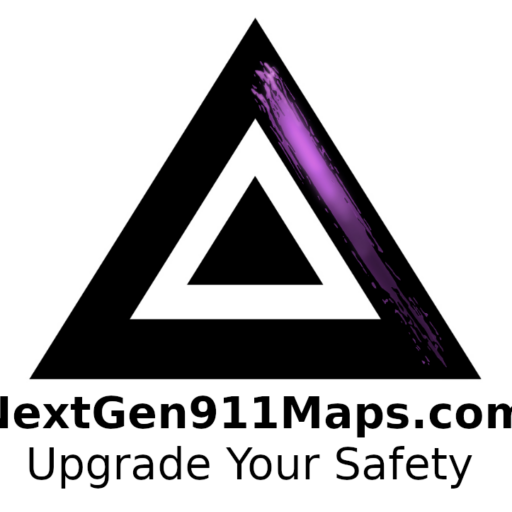
Introduction
In emergency situations, every second counts. The ability to accurately locate and reach individuals in distress is crucial for first responders. Traditional 911 systems, while revolutionary in their time, are limited in their capacity to provide detailed location information, especially within large buildings. This blog post explores how the lack of Next Generation 911 (NG911) indoor maps affects emergency response and contrasts it with the enhanced capabilities provided by NG911 indoor maps.
The Limitations of Traditional 911 Systems
When a call is made to a traditional 911 system from within a large building, the caller’s location is often represented as a single dot within a large, indistinct box on the dispatcher’s screen. This “box” symbolizes the building, but offers no insight into the caller’s precise location within it. Consequently, first responders are left with significant challenges:
- Ambiguity in Location: Without detailed indoor maps, dispatchers and first responders have no way of knowing whether the caller is on the first floor, the third floor, or in the basement.
- Delayed Response: Emergency personnel might spend crucial minutes searching for the caller within the building, which can be the difference between life and death.
- Increased Risk: The lack of precise location information increases the risk to both the individual in distress and the first responders, who must navigate an unfamiliar environment without guidance.
The Advantages of NG911 Indoor Maps
NG911 systems, equipped with detailed indoor maps, provide a transformative solution to these challenges. These systems integrate precise building layouts into the emergency response framework, offering several key advantages:
- Accurate Caller Location: NG911 indoor maps enable dispatchers to see exactly where within a building a call is coming from, down to the specific room or floor. This granular detail is critical for a swift and targeted response.
- Efficient Navigation: First responders receive detailed building layouts, including entrances, exits, stairwells, and critical infrastructure like fire alarms and sprinkler systems. This information allows them to plan and execute their response more efficiently.
- Enhanced Coordination: With shared access to indoor maps, police, fire, EMS, and 911 call centers can coordinate their efforts more effectively, ensuring that all responding units are on the same page and can navigate the building with confidence.
- Improved Safety: Knowing the exact layout of a building helps first responders avoid potential hazards and reduces the time spent in dangerous environments, enhancing the overall safety of the emergency response.
Case Study: The Real-World Impact
Consider a scenario in which a fire breaks out in a multi-story office building. Under a traditional 911 system, the call would appear as a dot within a large box, leaving firefighters uncertain about the exact location of the fire or the people trapped inside. This ambiguity can lead to delayed rescues and increased danger.
In contrast, with NG911 indoor maps, dispatchers can direct firefighters to the precise location of the fire and the individuals in need of rescue. The indoor maps provide detailed information about the building’s layout, including the locations of fire exits and hazards. This capability not only speeds up the rescue process but also significantly reduces the risks to both the occupants and the firefighters.
Conclusion
The integration of NG911 indoor maps into emergency response systems marks a significant advancement in public safety. By providing detailed and accurate location information, these maps transform the way first responders operate, leading to faster response times, improved coordination, and enhanced safety. As more regions adopt NG911 technology, the benefits of indoor maps will become increasingly evident, ultimately saving lives and making communities safer.
For more information on NG911 and the importance of indoor maps, visit 911.gov and NENA.
